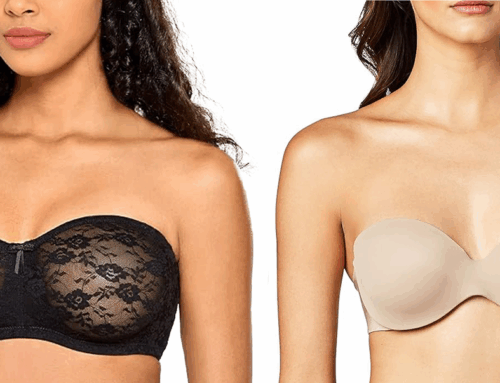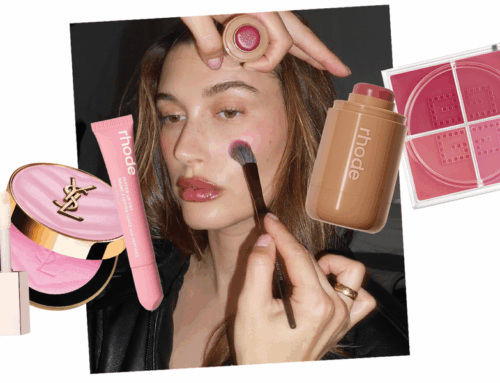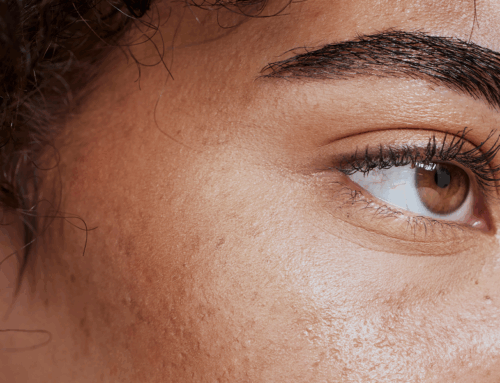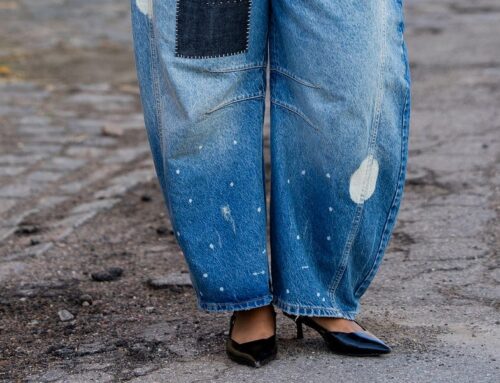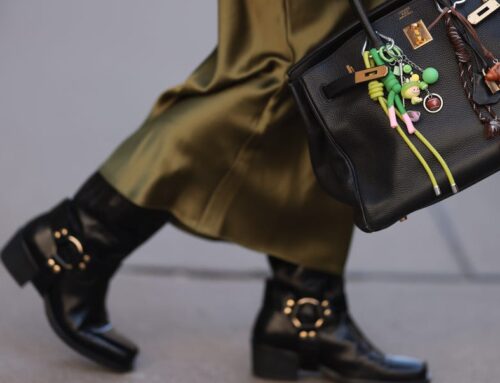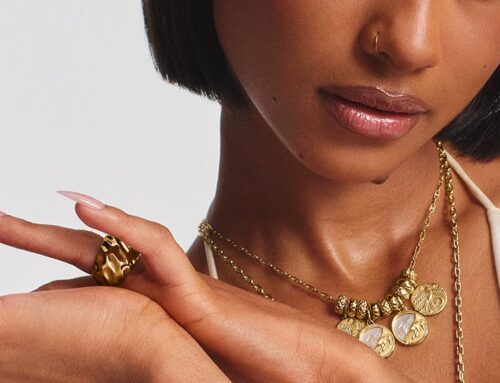Bronzer is my must-have—if I’m wearing makeup, I’m wearing bronzer. Not only does it instantly warm up my complexion, but it also adds that sun-kissed glow and subtly sculpts my features for a more defined look. The key to nailing bronzer (besides finding the right shade for your skin’s undertone) is all about understanding where to apply bronzer based on your face shape. To break it all down, I tapped Dominic Skinner, global senior artist at MAC Cosmetics, to share his top tips on the best bronzer placements depending on your face shape. Let’s get into it:
What does bronzer do?
As mentioned, bronzer can do so much for the face, but it all depends on where you place it. “Generally speaking, if you apply it to the high points of the cheeks and across the nose and forehead, it can give the impression of a warm, sun-kissed glow,” Dominic explains. “However, if you work it into the contours of your face, it can add a warm finish to a natural look.” This can also help bring dimension back into the face, if you have evened out skin tone with foundation prior.
Where to bronze depending on your face shape:
Now that we’ve got the basic rules down, let’s delve into specific bronzer placements depending on your face shape. “Because bronzer is a deeper colour than your natural skin tone, you can use it to contour and reshape your face,” Dominic says. So…
If you have a heart-shaped face:
Your features likely include a wider forehead, prominent cheekbones, and a narrow or pointed chin. The goal with bronzer is to balance the top and bottom of the face by softening the width of the forehead and adding subtle fullness to the lower half for harmony. To do this, you can use bronzer on the corners of the jaw and around the temples of the forehead can help give a more diamond shape to your face.
If you have an oval-shaped face:
You’re working with one of the most balanced face shapes—slightly longer than it is wide, with gently rounded features. In general, the goal of bronzer here is to enhance your natural structure, not necessarily reshape it. For this, you can place bronzer under the cheekbones and under the chin to add more of a curvature shape.
However, if you’re trying to make your face appear less long or elongated, your goal with bronzer is to create more balance between the length and width. For this, place bronzer at the top of the forehead and the tip of the chin to visually shorten the face. In terms of cheeks, place bronzer under your cheekbones, but instead of angling downward, sweep it more horizontally or slightly upward toward your ears. Avoid overly diagonal placements, as that can elongate the face further; instead, use horizontal shadows to break up the vertical space.
If you have a round-shaped face:
You may want to elongate and add definition to the face. You can do this by applying bronzer along the outer edges of your forehead near your temples. This helps reduce the appearance of width in the upper part of your face. And when bronzing your cheeks, keep the bronzer a little higher (not too low on the face) to create a lifted look.
If you have a square-shaped face:
The goal when applying bronzer is to soften strong angles (especially around the jawline and forehead) and add dimension for a more oval or balanced look. Sweep bronzer just below your cheekbones, starting from the middle of the ear and angling toward the mouth. On the jawline and while using a light hand, apply bronzer along the corners to soften its sharpness. It’s all about subtle shading, not harsh contouring.
Top tip: Keep the line soft and slightly curved to contrast with the angular bone structure.





